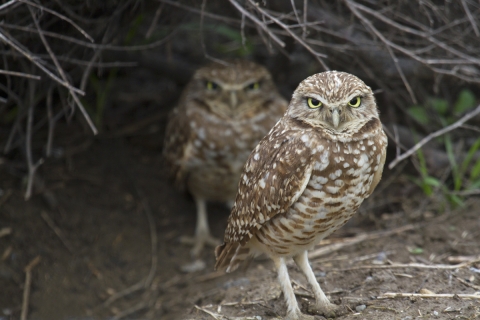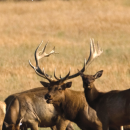Visit Us
National wildlife refuges offer us a chance to unplug from the stresses of daily life and reconnect with our natural surroundings. The refuge offers visitors a 5-mile auto tour route and 4 nature trails to observe and photograph wildlife. There is always something to see at the refuge, but certain times are better than others and the cast of nature’s characters changes with the seasons. No matter when you visit, bring your binoculars, camera – and your curiosity! There is no fee to visit the auto tour route and nature trails.
Location and Contact Information
About Us
The Merced National Wildlife Refuge encompasses 10,258 acres of wetlands, native grasslands, vernal pools, and riparian riparian
Definition of riparian habitat or riparian areas.
Learn more about riparian areas. It was established in 1951 under the Lea Act and Migratory Bird Conservation Act to attract wintering waterfowl from neighboring farmland where their foraging activities were causing crop damage. The refuge hosts the largest wintering populations of lesser sandhill cranes and Ross’ geese along the Pacific Flyway. Each autumn as many as 20,000 cranes and 60,000 arctic-nesting geese terminate their annual migrations from Alaska and Canada to make the refuge their winter home. Wildlife are showcased from an auto tour route and 4 nature trails, which are open daily throughout the year for visitors.
Tours
The refuge hosts tours, nature walks, and other special events throughout the year. Visit our Events page to learn about the latest scheduled events.
What We Do
The National Wildlife Refuge System is a series of lands and waters owned and managed by the U.S. Fish and Wildlife Service. Wildlife conservation is at the heart of the refuge system. Refuge units are actively managed to provide critical habitat for wildlife. Past changes to the northern San Joaquin Valley – loss of habitats and species, alterations to natural hydrology, and the introduction of exotic plants and animals – necessitates intensive natural resources management activities by the refuge.








